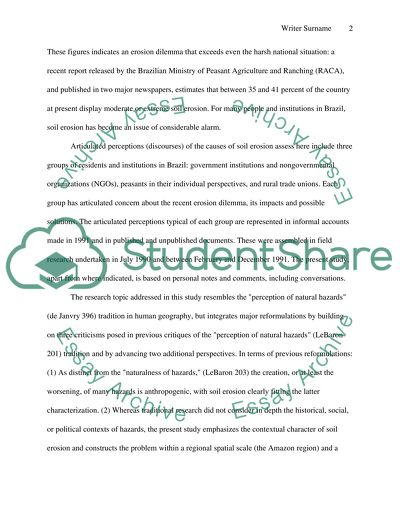Cite this document
(“Agriculture on Rainforest(Amazon Tropical) soil Essay”, n.d.)
Retrieved from https://studentshare.org/miscellaneous/1536378-agriculture-on-rainforestamazon-tropical-soil
Retrieved from https://studentshare.org/miscellaneous/1536378-agriculture-on-rainforestamazon-tropical-soil
(Agriculture on Rainforest(Amazon Tropical) Soil Essay)
https://studentshare.org/miscellaneous/1536378-agriculture-on-rainforestamazon-tropical-soil.
https://studentshare.org/miscellaneous/1536378-agriculture-on-rainforestamazon-tropical-soil.
“Agriculture on Rainforest(Amazon Tropical) Soil Essay”, n.d. https://studentshare.org/miscellaneous/1536378-agriculture-on-rainforestamazon-tropical-soil.


